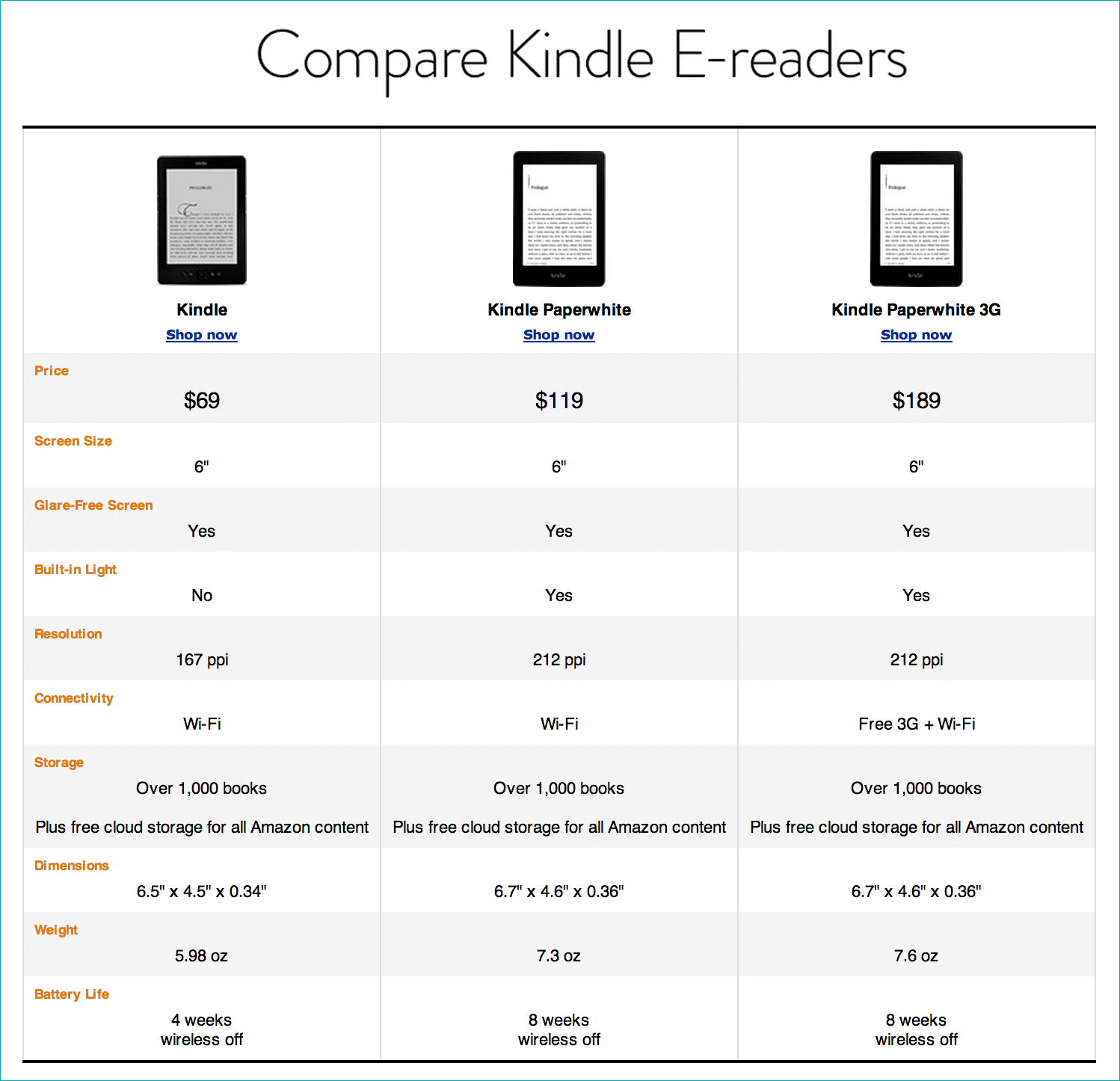An online store’s greatest advantage is also its greatest disadvantage. What is that advantage?
Self-service. Anyone can shop on it anytime, from anywhere, without anyone else’s help.
And that is also its greatest disadvantage. In a regular store, you have salesmen that help you make (proper?) buying decisions. You remember regular stores? And salesmen? There used to be a place called Sears that was famous for this when you wanted to buy a fridge or a TV.
Online, there is no such salesman. Or is there?
Having an online salesforce
The reason stores employ salesmen (and not simply banners) is that the salesman can gauge each customer and tailor his or her pitch to them accordingly. An experienced salesman could probably tell whether or not a customer is going to buy just by looking at them as they walk in the store!

Online, it is very difficult to cater to each individual’s needs. Sure, there are services like live chat, but they only go so far as helping the customer out.
A salesman can tell you about offers you are most likely to care about. When I walk into a clothing store, the salesman can point me towards offers in the men’s section. Online, however, I may be greeted with a banner that says, “Sale on all women’s clothing” – something which I’m not going to buy.
So what is your online salesforce? Your product description! (and category description, to some extent). These two all-important pieces of text should be so good that a customer can’t help but buy after reading it.
Target an ideal customer
To write effective descriptions like these, you need to target an ideal customer for each product. Sit down and think: who is most likely to benefit from using this? Why would they want to use it? What interests and hobbies do they have? Where do they hang out? What do they do for a living? How much do they make per year? Are they beginners in this field or experienced?
You’ll have to sit down and engineer a customer profile. It isn’t set in stone, of course, as it will change over time the more you get to know your market and customers.
Doing this exercise is very crucial before you sit and write (or outsource) and content for your website.
As an extreme example, if you sold punk rock merchandise with descriptions written in legalese, would you be successful?
Know the lingo
If you are selling something you aren’t familiar with or ingrained in, you’ll have to learn the lingo to write effectively.
When I had a store that sold fishing equipment (I didn’t have much fishing experience at the time), it took me a while to figure out all the fishing related terms – like rigs, lines, jigs, and so on.
Knowing the lingo creates an air of authenticity and familiarity. It makes the customer feel that you “get” what they need.
It’s not that hard, either. Follow a couple of the top blogs in the niche/industry and get a feel for how they write and what the comments on their blogs sound like. Start leaving comments yourself, and pretty soon, you’ll be decently versed in the jargon.
It’s also a good idea to start writing descriptions while doing your research, since it will help you immediately put what you read to use and get you even more familiar.
Focus on benefits of features
When you actually sit and write the description, keep your customer in mind and pretend that you are pitching this item to them. Sometimes it may even be helpful to say it all into a voice recording app and simply transcribing what you said.
Effective product descriptions sell solutions, not products. After all, that’s why people are buying from you, right? To solve a problem of some sort.
If they have a headache, the solution you are selling is relief through a pill.
If they want to have longer hair, the solution you are selling is hair extensions that do exactly that.
If they want to show support for their favorite sports team, the solution you are selling is a jersey with unique details fitting of only a “superfan”.
Even if the problem may not be obvious, the solution always is when you analyze your product – so you can reverse engineer the problem.
To sell solutions, you have to talk about benefits, and not just features. You don’t buy a TV because it has all the bells and whistles – you buy a TV because of all the cool stuff you can do with all those bells and whistles.
Similarly, pair up each feature your product has with its benefit counterpart.
Let’s take an example of an ergonomic chair. This is an example of such a chair on Staples’ website:
The first bullet point they have is that it is made from authentic Tempur material. If I was tired of sitting in my uncomfortable chair all day long, when buying a new chair, I don’t think I would really care that the chair is made from Tempur material…unless I knew what it was.
Let’s rephrase:
“Tempur material seat adjusts to your body for maximum comfort at all times.”
Much better, right? Since now, I am focusing on the benefit that the feature provides.
Next, it says “Contoured fabric back with lumbar support curve.” This point is decent, as it combines both a feature – contoured fabric back – with a benefit – lumbar support, though the benefit could be a little more personalized to address YOUR ailing back.
Finally, the last point says “Independently adjustable seat and back.” This is a feature, but they haven’t really expanded on what benefit that feature provides. Perhaps it would be better rephrased like this:
“Independently adjustable seat and back lets you find a sweet spot for comfort.”
Use pictures throughout the description
By default, most shopping carts have you put images at the top of your product pages near the product title and price. While this is undoubtedly the best place to have your images, many stores miss out on having images scattered throughout their descriptions, too. Just have a look at what Amazon does with their Kindle page.
Images are great ways to catch your visitors’ eyes, since they provide a visual anchor in between lots of text. As you are probably doing right now, web users frequently skim rather than read word-for-word. By incorporating images into your descriptions, you can subtly guide your visitors’ eyes towards key points in your text.
If your product is highly technical, it’s useful to show close-ups of details and components in the description itself rather than up top with the main product image.
Use tables
Tables rule! Pun intended.
Whether you sell clothing or computers, comparison tables make life a lot easier for your customer – helping them narrow down the immense choice available to them across the internet.
If you can’t build a comparison table like Amazon does with the Kindle (and other products), try and get some kind of data about your product that you can present visually to your customer. Like images, they draw your customers’ eyeballs and show complicated ideas in a simple, easy-to-understand way.
Clothing and apparel stores can use tables to show sizing charts – which shirt fits whom, which shoe fits which foot, and which size ring goes on which finger… you get the gist.
Be genuine
Last but not least, you don’t want to come across as a snake oil salesman. Whatever you write, be genuine about it. Don’t advertise that your product does something it can’t. Like bad reviews, up-front and honest descriptions go a long way in earning your customers’ trust.
A good way to do this without putting down your product too much is to highlight what it’s good for and what it’s not. This way you cover both sides of the coin in a positive light.
These are just a few tips that can help you really strengthen your online salesforce. Now get out there and put them to work!




